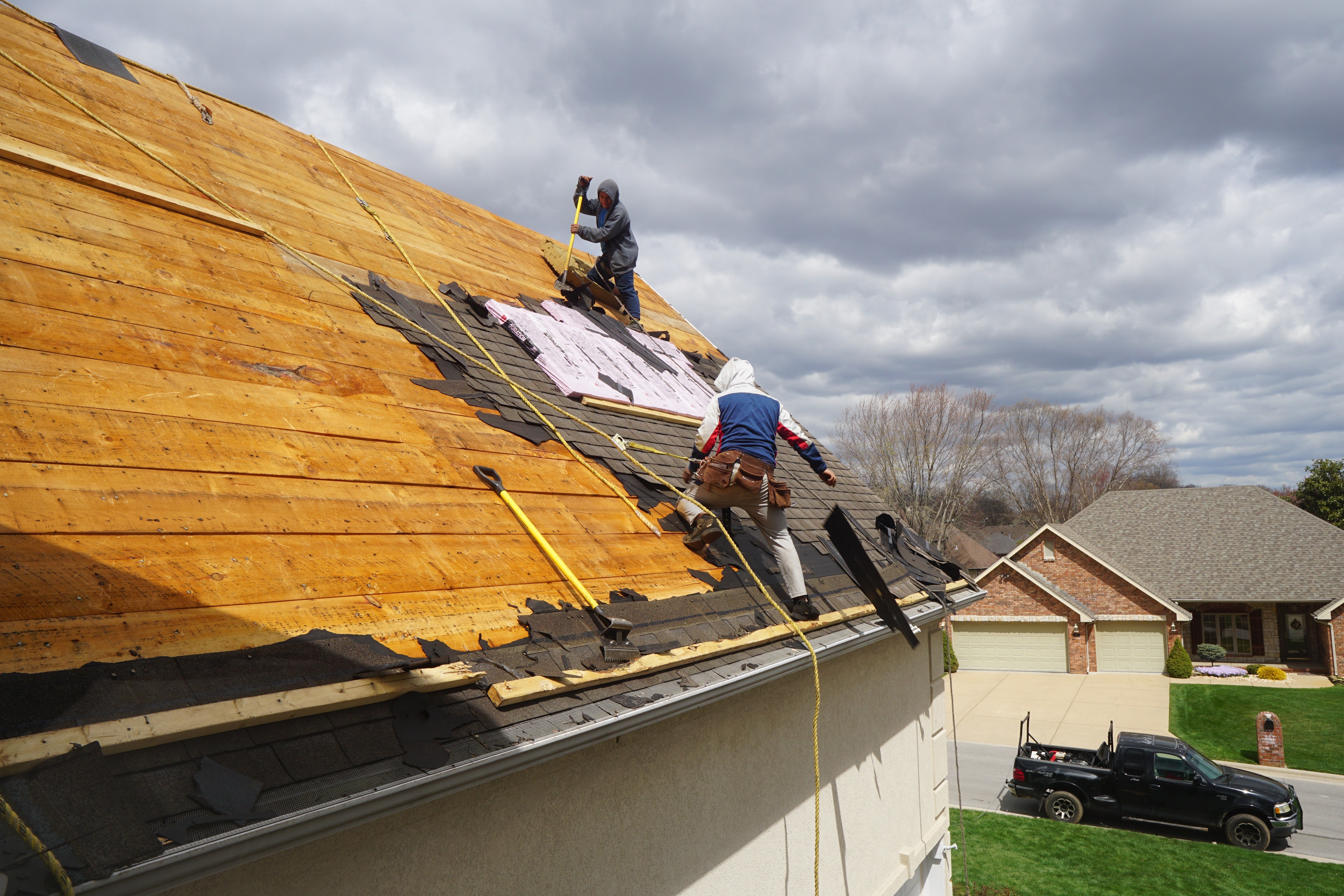The Ultimate Guide to Comprehending Different Types of Roof Shingle Materials
Understanding the numerous kinds of roofing tile materials is crucial for property owners looking for to make enlightened choices that align with their requirements and choices. From the affordable nature of asphalt tiles to the elegance of timber and the longevity of steel and slate, each option presents distinct benefits and challenges.

Asphalt Shingles
Asphalt tiles are a popular selection for home owners due to their cost, sturdiness, and ease of installment. Composed of a fiberglass mat saturated with asphalt and covered with mineral granules, these tiles provide efficient security against weather components while ensuring a lengthy life-span.
There are two primary kinds of asphalt tiles: three-tab and building. Three-tab roof shingles are lightweight, cost-efficient, and simple to mount, making them a common selection for budget-conscious home owners. Alternatively, architectural tiles include a more dimensional appearance, giving boosted aesthetic appeal and enhanced wind resistance, typically at a somewhat greater price.
One of the key advantages of asphalt roof shingles is their adaptability; they come in a wide range of shades and styles, allowing property owners to easily match their roof covering with the overall aesthetic of their home. In addition, they commonly have a lifespan varying from 20 to 30 years, relying on the quality and setup techniques.
Upkeep is typically marginal, although routine inspections and cleansing can extend the life of the roof covering. On the whole, asphalt tiles continue to be a functional and reliable roofing solution, stabilizing price, performance, and aesthetic appeal for a broad variety of residential applications.
Wood Roofing Shingles
Timber roof shingles provide a natural aesthetic that charms to numerous homeowners seeking a classic, rustic look for their roofing systems. Commonly crafted from cedar, ache, or redwood, these roof shingles give an one-of-a-kind beauty and can enhance the overall personality of a home. Their natural shades and appearances can produce a warm and inviting environment, making them a popular option in numerous architectural designs.
One substantial benefit of wood tiles is their insulating residential or commercial properties, which can help regulate indoor temperature levels. Furthermore, they are reasonably light-weight, making installation simpler and potentially reducing structural stress. Wood tiles require routine maintenance to prevent issues related to dampness, such as rot and mold. Treatments and sealers can be related to enhance longevity and resistance to the aspects - shingle roofers.
Despite their visual charm, timber roof shingles may not appropriate for all climates, specifically in areas prone to wildfires. Property owners must likewise take into consideration the lifespan of timber tiles, which commonly varies from 20 to 40 years, depending upon the sort of wood and upkeep practices. Generally, wood tiles can be a superb option for those that focus on charm and all-natural products in their roof covering decisions.
Metal Roof Covering
Steel roofing has obtained popularity amongst property owners and home builders alike due to its sturdiness, longevity, and reduced upkeep needs. Available in a selection of products, consisting of steel, aluminum, copper, and zinc, steel roof coverings supply convenience in layout and aesthetic charm. They can be found in different styles, from standing joint to steel shingles, permitting house owners to select a choice that matches their architectural vision.
One of the primary advantages of steel roof read review covering is its extraordinary life-span, commonly going beyond 50 years with appropriate treatment. This durability results in decreased replacement expenses in Read Full Report time, making it an affordable selection. Metal roofs are resistant to extreme weather condition conditions, consisting of hail, wind, and snow, which boosts their dependability.
Along with their longevity, steel roof coverings are eco-friendly, as they are usually made from recycled materials and can be reused at the end of their life process. They also show solar induction heat, adding to power performance and lower air conditioning prices. Generally, metal roof incorporates visual appeal with functional advantages, making it a progressively preferred alternative in modern-day building.
Slate Tiles

Moreover, slate roof shingles are fire-resistant and do not warp or come to be fragile with time, contributing to their charm for homeowners looking for a reliable roof covering visit their website service. The aesthetic versatility of slate is another considerable advantage; it is available in numerous colors and textures, permitting a customized appearance that can complement any kind of building design.
Installment of slate roof shingles, nonetheless, needs specialized skills due to their weight and the demand for exact alignment. This can bring about greater initial costs compared to various other roof materials. The long-term worth of slate, both in terms of sturdiness and potential energy performance, typically offsets these upfront costs.
Synthetic Options
As homeowners progressively look for choices to typical products, artificial roof alternatives have gotten appeal for their adaptability and cost-effectiveness. These cutting-edge products use a blend of aesthetics, efficiency, and sturdiness, making them an appealing option for a wide variety of building styles.
Artificial roofing roof shingles are commonly made from a mix of polymers and recycled materials, permitting producers to develop items that resemble the appearance of all-natural products like slate or wood without the linked maintenance difficulties. roofers. Among the most substantial advantages of synthetic tiles is their light-weight nature, which minimizes the architectural tons on a home. Additionally, they are engineered to endure severe climate condition, supplying exceptional resistance to wind, hail storm, and UV radiation
On the whole, artificial roof covering materials stand for a wise investment for those looking to enhance their property's aesthetic appeal while guaranteeing long-term integrity and sustainability. As technology proceeds to advancement, these choices are likely to develop, additionally solidifying their area in the roof covering market.
Conclusion
In verdict, the choice of roof tile materials significantly impacts the visual, sturdiness, and upkeep of domestic structures. Asphalt tiles provide cost and simplicity of installment, while wood roof shingles give all-natural elegance.